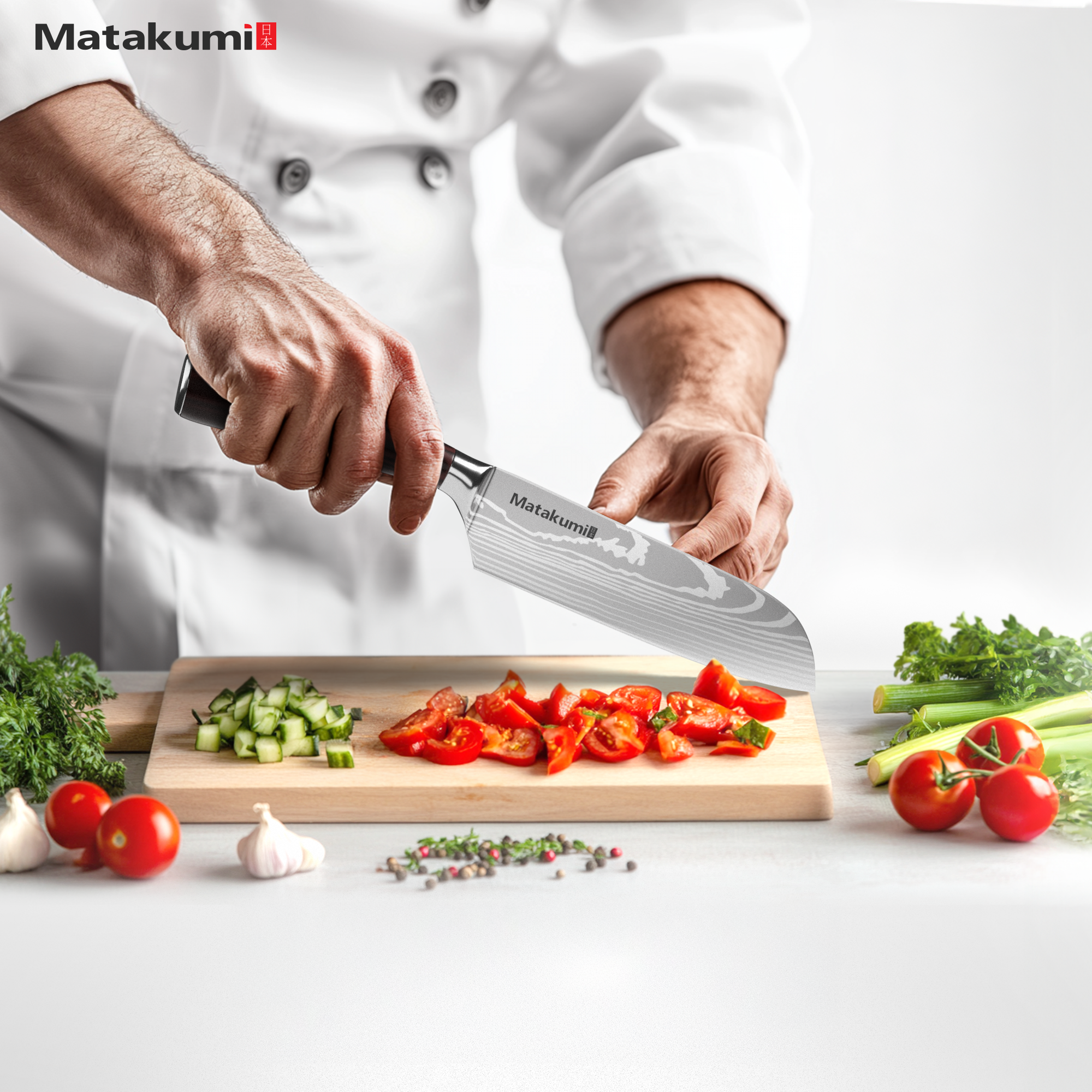Santoku vs. Chef’s Knife: Which One is Right for You?
When it comes to choosing the right knife for your kitchen, the decision between a Santoku and a Chef’s knife can be a tough one. Both knives are versatile and essential tools for any home cook or professional chef, but they have distinct differences that make them suitable for different tasks. Let’s break down the differences between the two and help you decide which one is right for you.
Blade Design
The most noticeable difference between a Santoku and a Chef’s knife is the blade design. A Santoku knife typically has a shorter blade with a flat edge and a sheepsfoot tip, while a Chef’s knife has a longer blade with a curved edge that tapers to a point. The Santoku’s flat edge makes it ideal for precise slicing and chopping, while the Chef’s knife’s curved edge allows for a rocking motion when cutting.
Functionality
While both knives can handle a wide range of kitchen tasks, they excel in different areas. The Santoku knife is perfect for slicing, dicing, and mincing vegetables, making it a great choice for preparing stir-fries or salads. On the other hand, the Chef’s knife’s longer blade and curved edge make it ideal for tasks that require more precision and control, such as slicing meat or fish.
Comfort and Handling
When it comes to comfort and handling, personal preference plays a significant role. Some people prefer the lighter weight and smaller size of the Santoku knife, while others find the heft and balance of the Chef’s knife more comfortable. It’s essential to try out both knives and see which one feels more natural in your hand before making a decision.
When to Use Each Knife
Ultimately, the choice between a Santoku and a Chef’s knife comes down to personal preference and the type of cooking you do most often. If you find yourself frequently chopping and slicing vegetables, the Santoku knife may be the better option for you. However, if you often work with meat or need a knife that can handle a variety of tasks, the Chef’s knife might be the more versatile choice.
Remember, both knives have their strengths and weaknesses, so it’s essential to consider your cooking style and preferences when making a decision. Whichever knife you choose, investing in a high-quality blade will make a significant difference in your kitchen experience.




